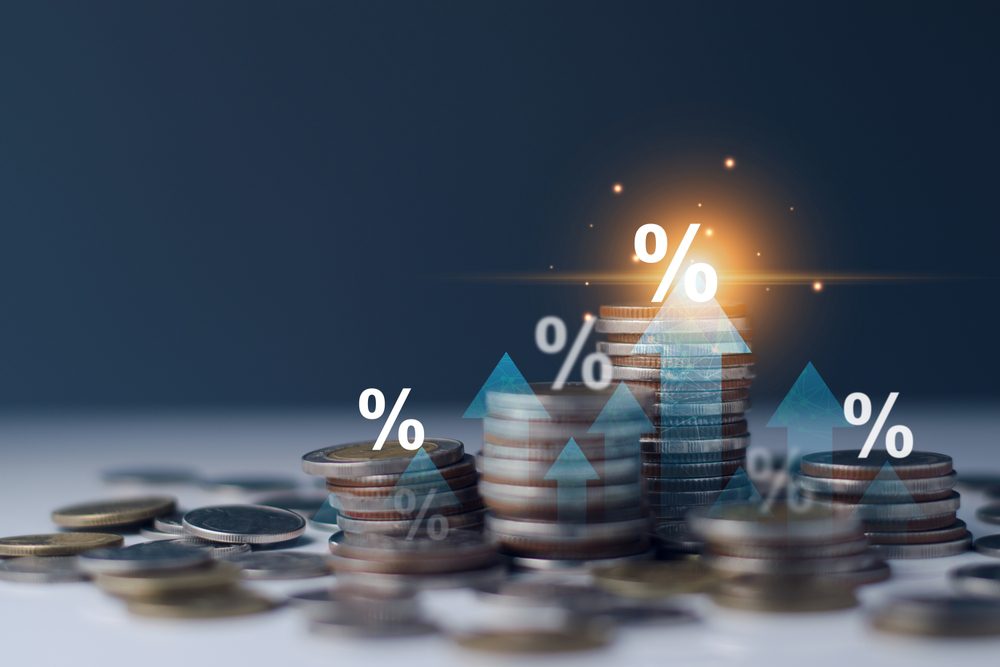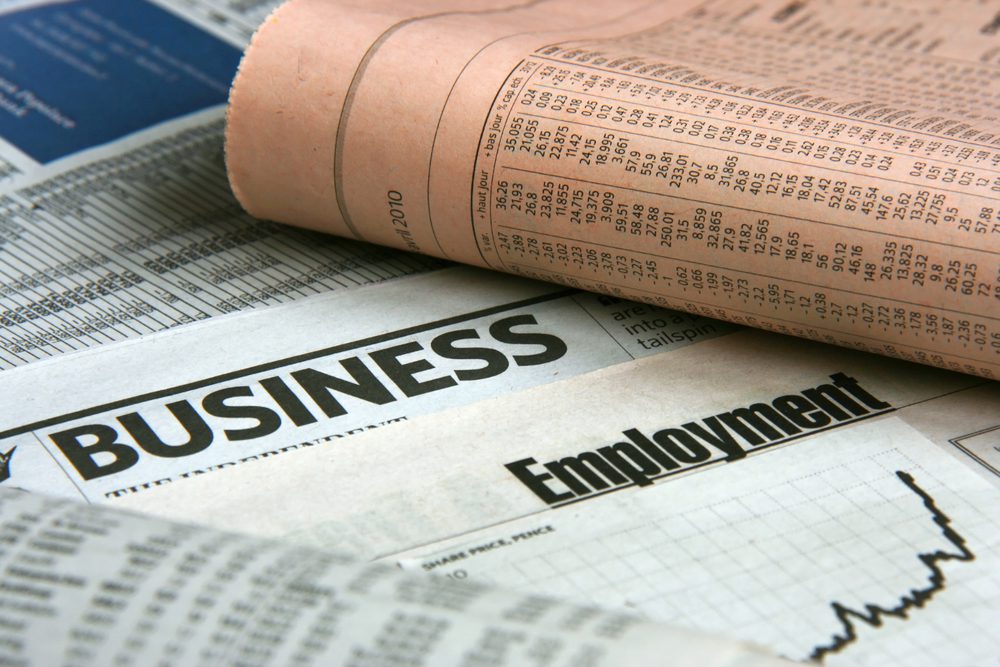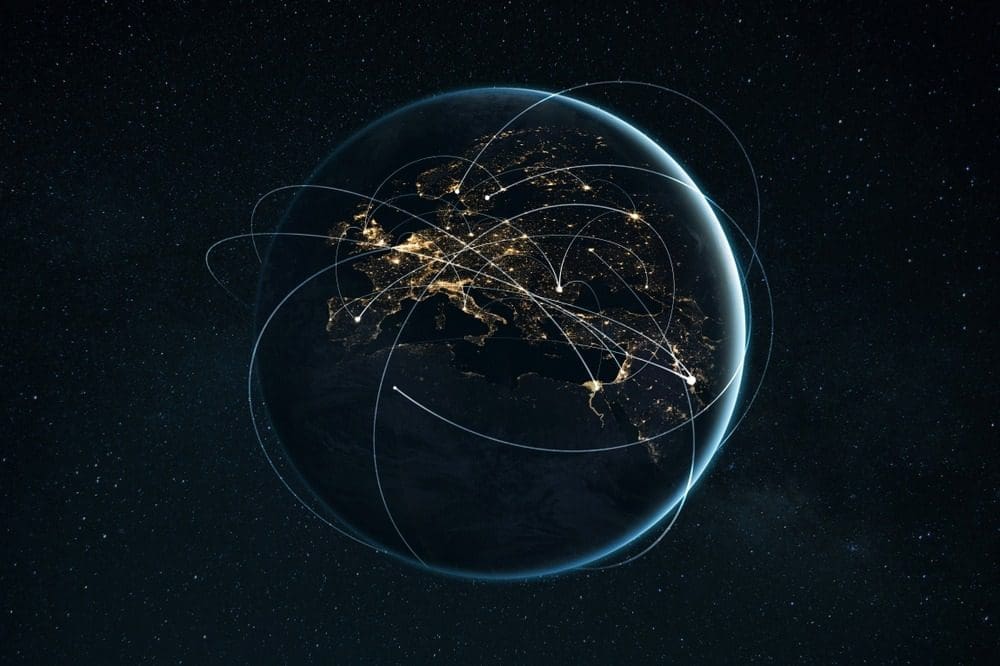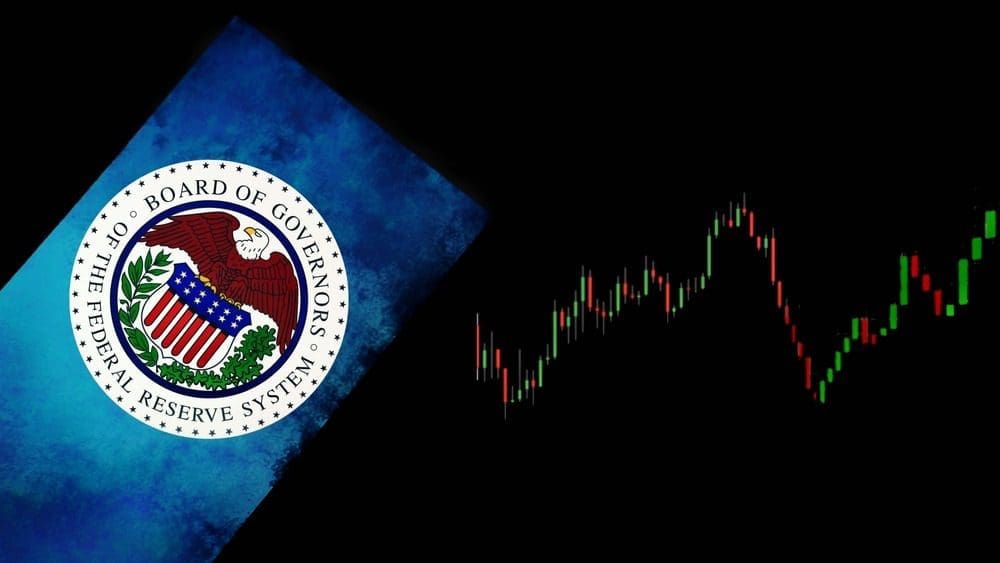
The Federal Reserve — “the Fed” — is America’s central bank. And prediction markets are wondering about a Fed decision in September, so it’s important to know what it’s all about.
Created in 1913 after a series of financial panics, it sits at the center of the U.S. economy. Its job? Keep inflation in check, steady the financial system, and make sure money flows smoothly.
It isn’t just one building in D.C. — it’s a system of 12 regional banks plus a board of governors. Its actions ripple through jobs, mortgages, markets, and even global finance.
Lender of Last Resort

The Fed steps in during crises — like 2008 or 2020 — to provide emergency lending and stop financial collapse.
Setting Interest Rates

Through the federal funds rate, the Fed nudges borrowing costs higher (to cool inflation) or lower (to spur growth).
Controlling Money Supply

Open market operations — buying and selling government securities — are the main lever to add or drain cash.
Regulating Banks

It supervises big banks to make sure they’re stable, capitalized, and not threatening the wider system.
Managing Inflation

Its 2% inflation target guides policy decisions — balancing stable prices with steady employment.
Influencing Jobs

By raising or cutting rates, the Fed directly affects hiring, wages, and unemployment levels.
Global Ripple Effect

Because the dollar dominates trade and reserves, Fed moves shake currencies, capital flows, and foreign economies.
Watching Risks

Beyond banks, the Fed monitors threats like crypto volatility, shadow banking, and systemic risks.
Independence Debate

The Fed is insulated from politics, but Congress and presidents often push back when rate hikes sting.
Why it Matters to You

From mortgage rates to credit card interest, every American feels Fed decisions in their wallet.
























